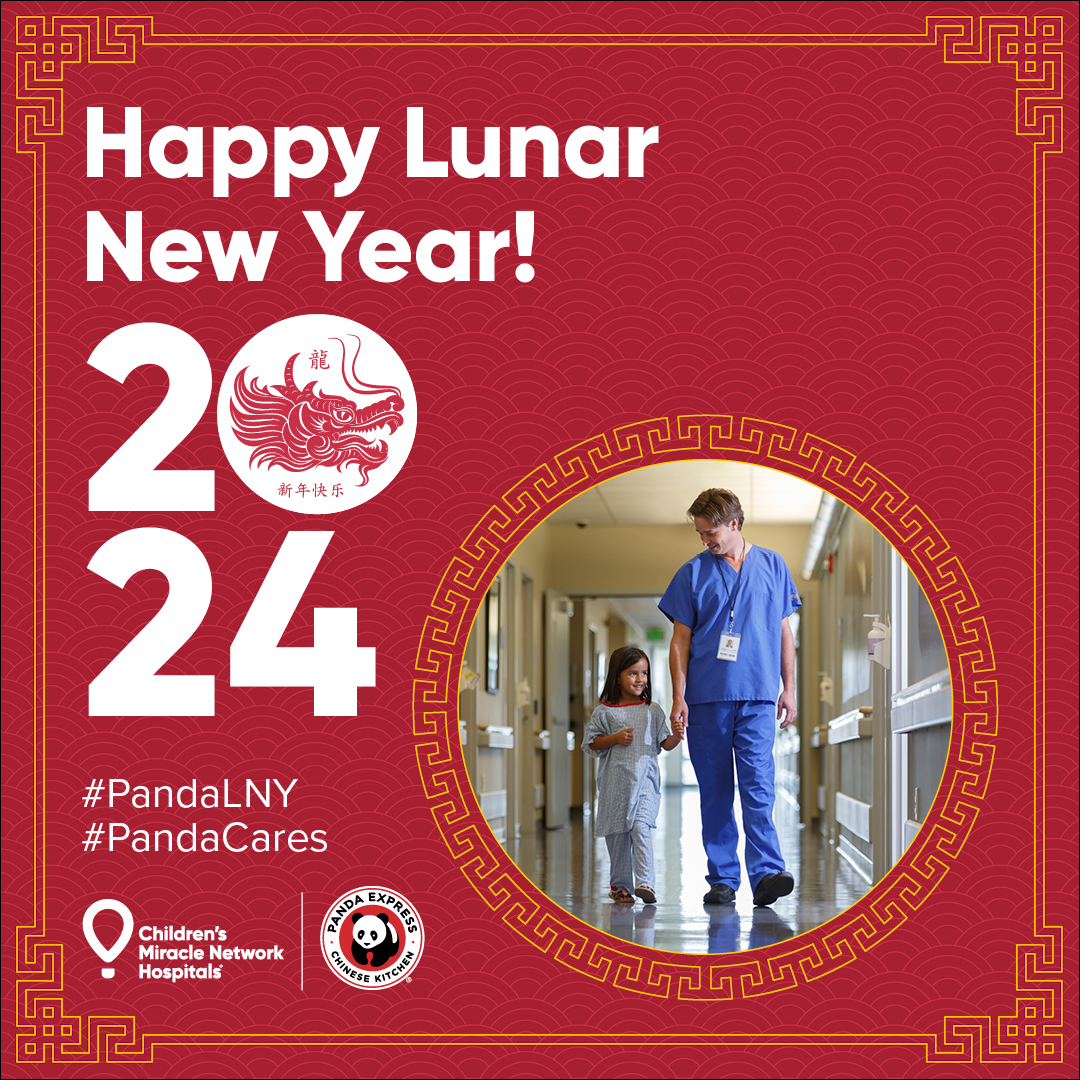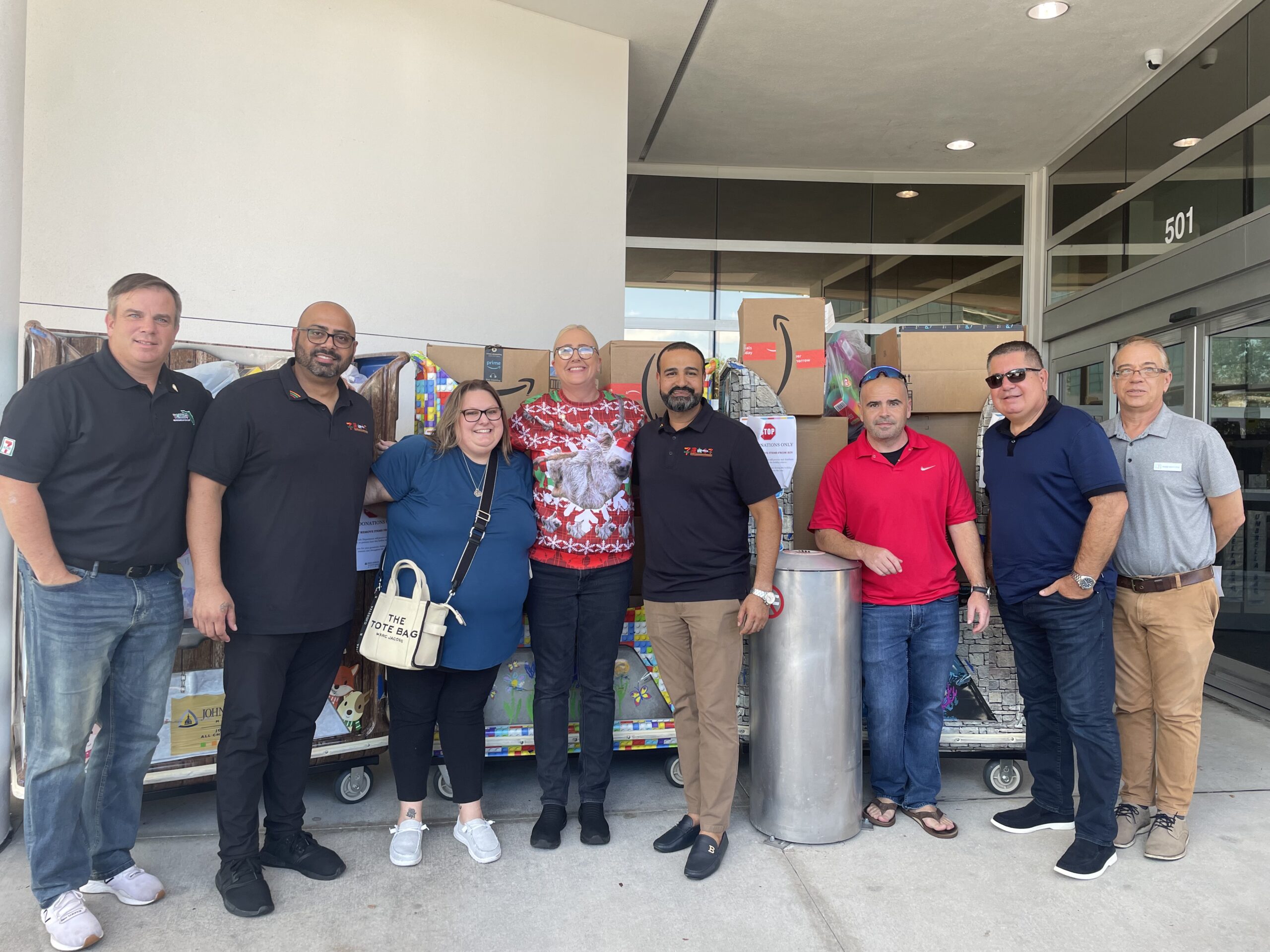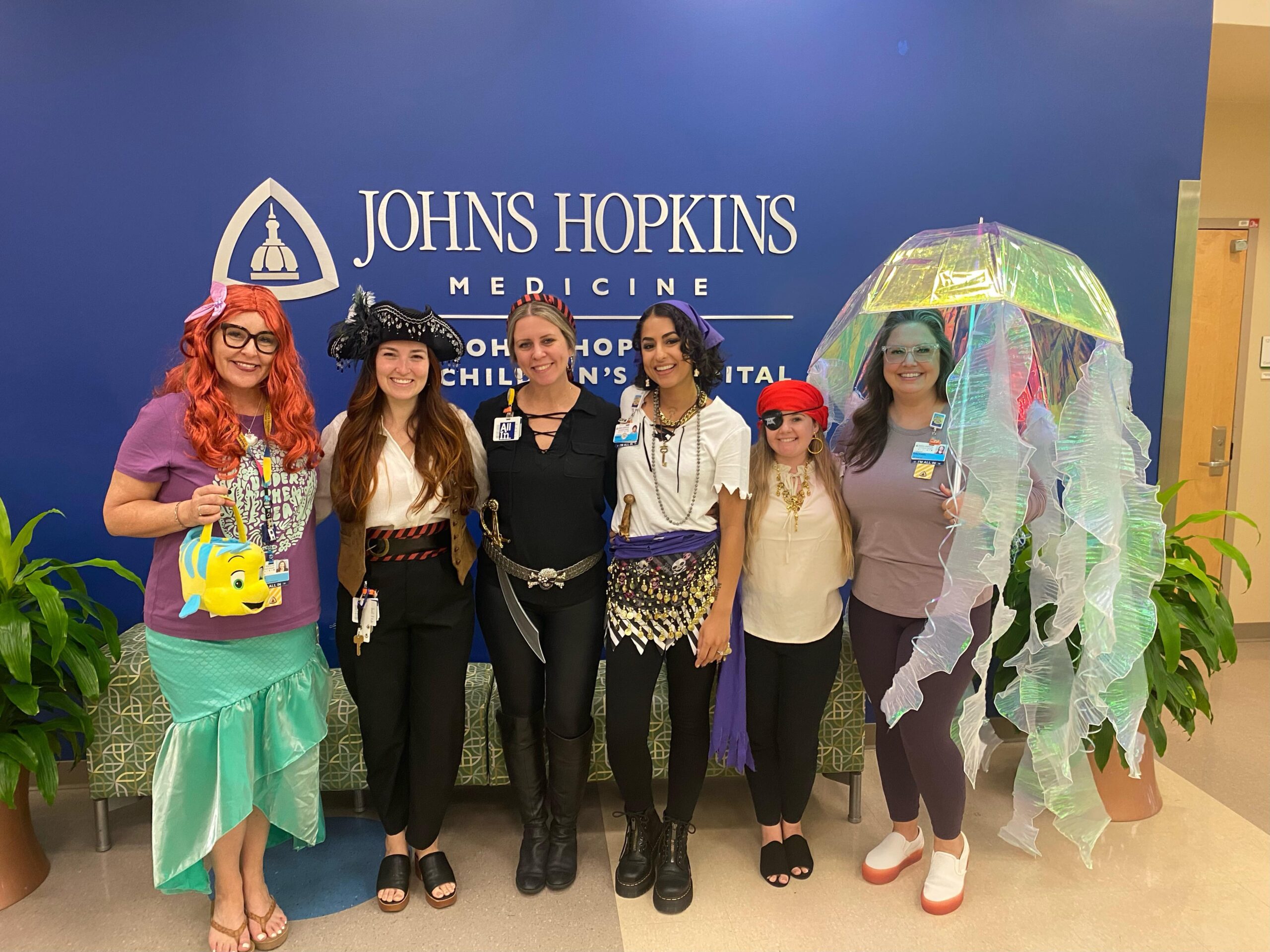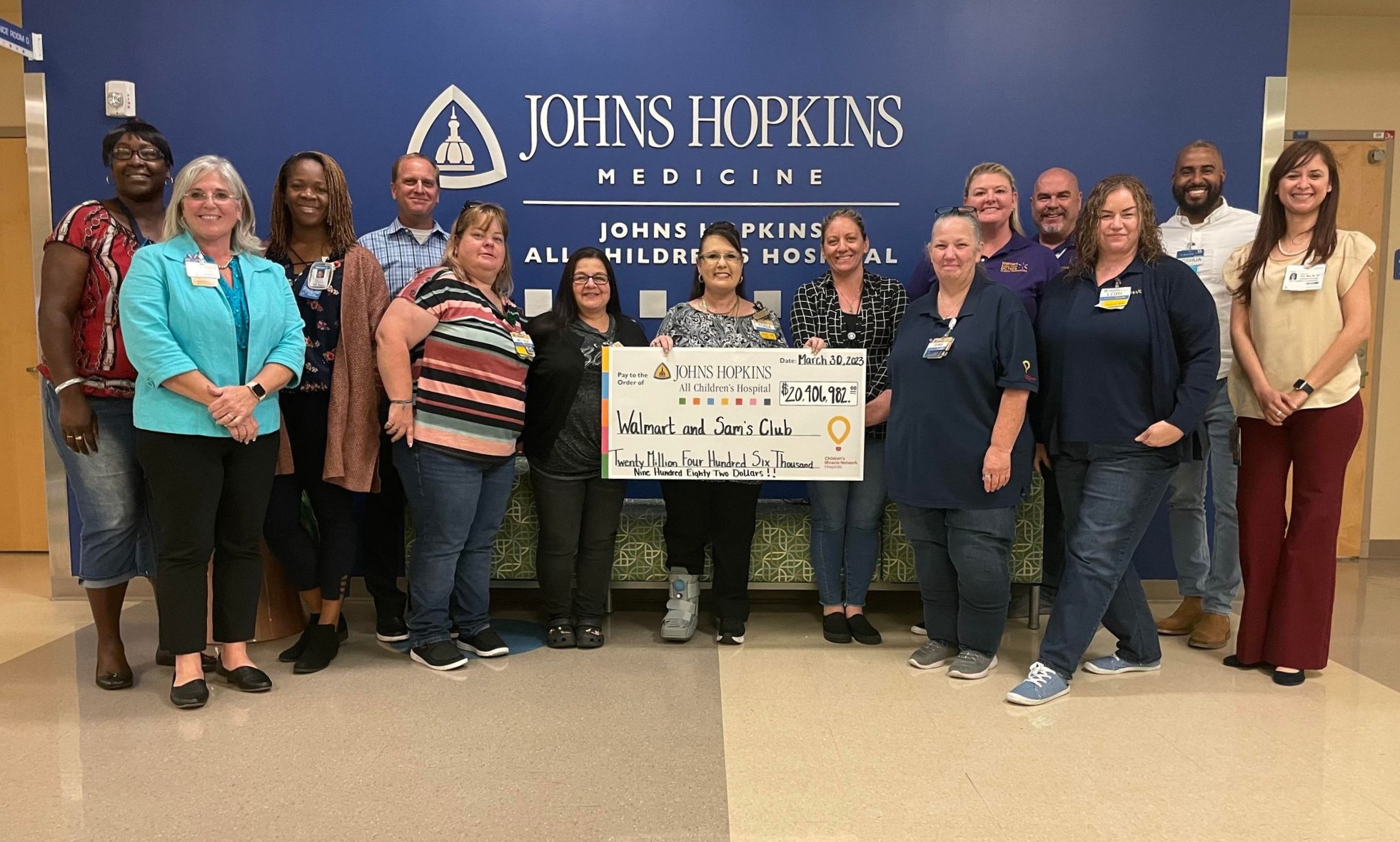Peace of Mind and Pizza: Food Allergy Clinic Changes Nico’s Life
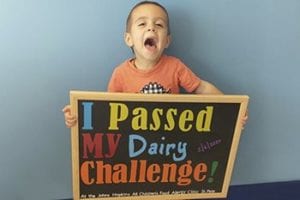
Imagine living in a world where you can’t enjoy foods like other people, and some foods are actually your enemy — even potentially deadly. It’s becoming increasingly prevalent for many kids. In fact, two out of every 13 kids in a classroom have some type of food allergy. This is true for little Nico, who from birth showed signs that he was a much different baby than his easy-going sister.
“My daughter is 13½ months older and was just a happy, healthy baby, nursed like a champ,” explains Nico’s mom, Paige. “She was eating entire slices of pizza and rolls of sushi by like 7 months old.”
But Nico always seemed uncomfortable, as if he was a bear itching on a tree. For his first year of life, he wouldn’t sleep for longer than 45 minutes at a time due to the intense itchiness from eczema, which is a chronic skin condition commonly affecting babies. Nico’s eczema, however, covered most of his body. He often tried to scratch his back during diaper changes. He wore mittens on his hands because he was always scratching his body. And he could rarely be set down without screaming in such a way that Paige describes as “bloody murder.”
“There was something clearly wrong with him. It wasn’t normal,” Paige says. “One time I was in a store, trying to nurse, and he was crying so hard that his belly button started to bleed because he was arched in pain screaming.”
Desperate for answers, Paige turned to her midwife, who is also an International Board Certified Lactation Consultant. She suggested perhaps Nico has food allergies and her breast milk was affecting him. By the time he was 6 months old, Paige stopped eating a variety of known top food allergens: dairy, wheat, soy, eggs, tuna and nuts. She took Nico to a few allergists seeking answers between New York, and their eventual move to Florida, and they finally found their way to Johns Hopkins All Children’s Hospital just over a year ago.
It was perfect timing as the new Food Allergy Clinic at Johns Hopkins All Children’s had just opened. Nico became one of the very first patients.
“At that point, he was labeled with being allergic to several foods, including eggs, peanuts, several tree nuts, chick pea, coconut, flaxseed,” explains Panida Sriaroon, M.D., medical director of the Food Allergy Clinic.
First Nico would have skin and blood testing to see if he had outgrown any of his allergies. Next would be a series of oral food challenges to see if and what his body reacts to while being monitored by a team of experts, ready to spring into action if an allergic reaction occurs. Most reactions are treated in the clinic, but because the clinic is in the Outpatient Care Center, across the street from Johns Hopkins All Children’s Hospital, the team is poised for an adverse reaction, even if it requires going around the corner to the Emergency Center.
“It’s been a completely life-changing experience,” Paige says. “But it’s terrifying. The team in this clinic understands the gravity of it because it’s not like getting a cavity filled, but they still make it as comfortable as they can.”
Four-year-old Nico has completed more than six food challenges with some life altering results. During these food challenge tests, a patient is given small doses of a food he or she might be allergic to over a period of two to four hours and monitored for reaction. One was a huge success, proving Nico, who was once anaphylactic (allergic in a way that could cause death) to milk and dairy, could finally consume them. This meant enjoying one of his now favorite foods, pizza, and a step toward some sense of normalcy.
By: Ashley Roberts
